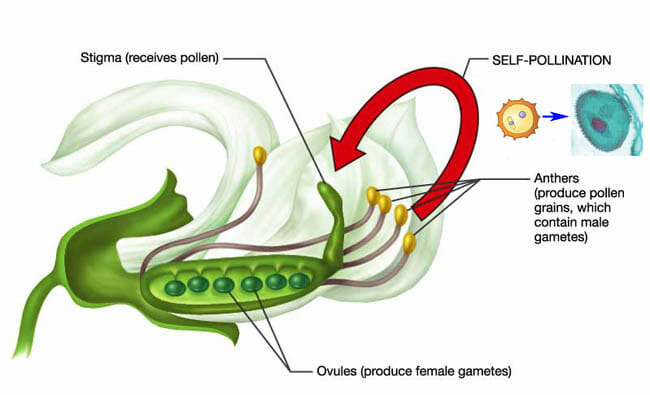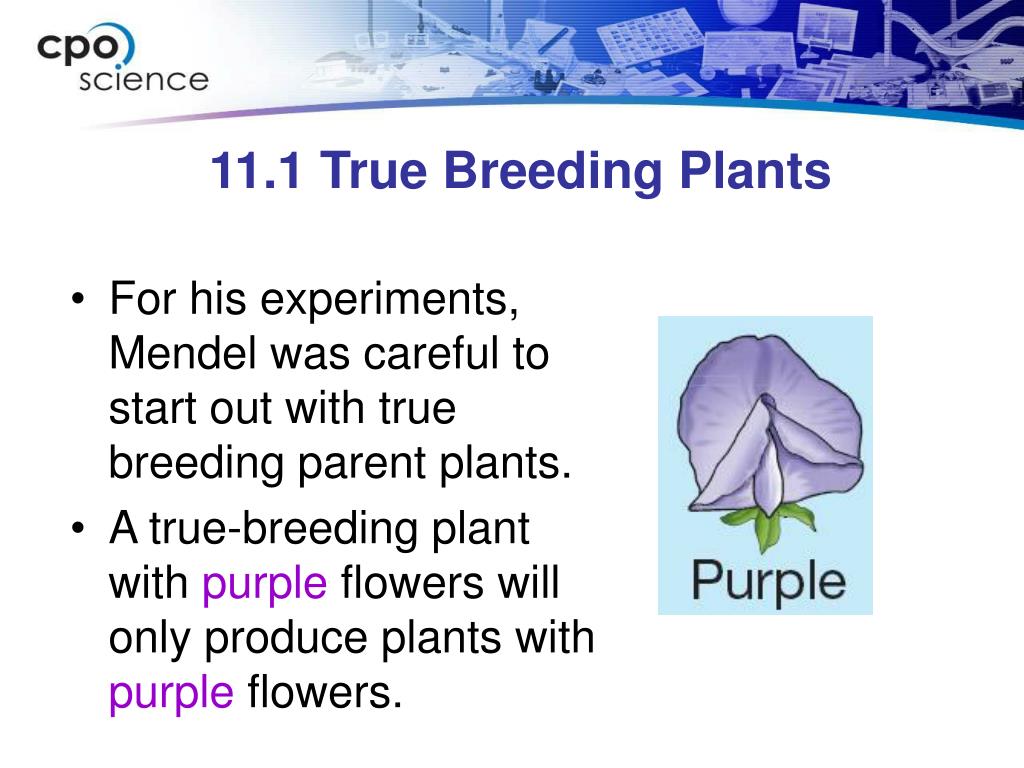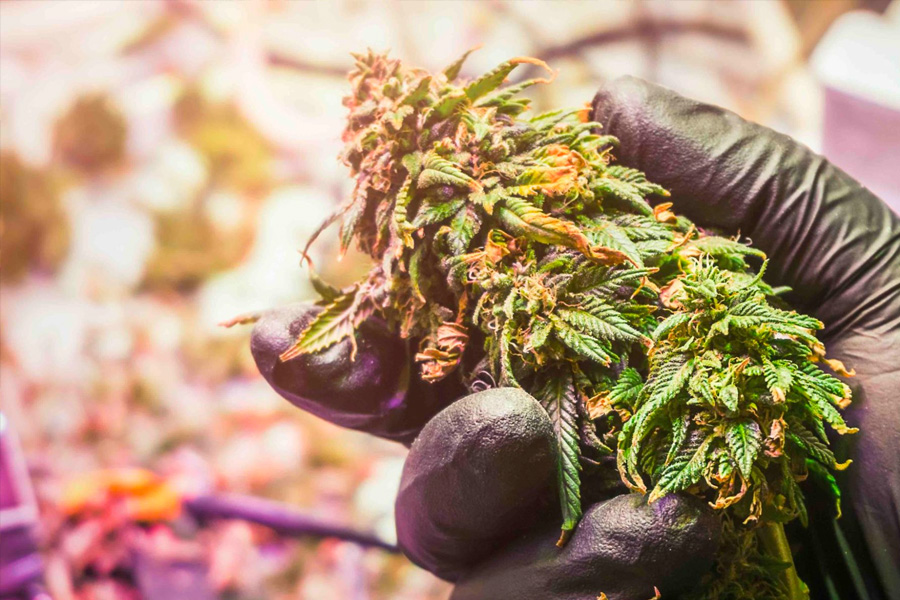What a True Breeding Plant Will Teach You About Reliable Gardening

Crack open any genetics textbook and you’ll find the words “true breeding” tossed around like everyone’s supposed to just know what it means. I remember my first plant genetics class—my professor explained it with a diagram full of alleles and chromosomes, and the whole room glazed over. But there is a much simpler way to see it, one that can actually make you excited instead of overwhelmed.

Let’s forget the jargon for a second. Here’s the honest truth: true breeding is really just nature’s version of copy-paste. Imagine if every time you baked your favorite cookies, they came out exactly the same—same gooey center, same crispy edges, no rogue raisins or burnt bottoms sneaking in. That’s what a true breeding plant does for its traits, generation after generation.
The “Aha!” Behind True Breeding (And Why We Overthink It)
When people talk about “self-pollination” and “homozygosity,” it sounds intimidating—but honestly, you don’t need a PhD to spot a true breeder. Here’s my personal shortcut: If you plant seeds from your favorite tomato and every single fruit turns out just as juicy and red as last year (and the year before), congratulations—you’ve got a true breeder on your hands.
Back in 2019, I tried growing purple string beans from seed packets labeled “heirloom.” I was skeptical—seed companies love buzzwords—but season after season, those plants delivered the exact deep violet pods promised on the packaging. Not one green pod among them! That predictability was all thanks to true breeding—without me ever needing to crack open a Punnett square.

Where Experts Make It Needlessly Complicated
Plant scientists love their terms (“pure lines,” “homozygous genotypes”), but here’s where they miss the point: For most gardeners and experimenters, you don’t need genetic testing—you just need patience and observation.
Here’s my ultra-simple test:
- Grow seeds from one plant.
- Let those offspring pollinate themselves (or each other).
- Watch what happens for three generations.
- If there are zero surprises—no oddball colors or shapes—that trait is true breeding.
I once heard an old gardener describe her prized sunflowers like this: “Every summer I save seeds from my tallest plant—and every summer, those seeds grow up tall again.” She had never read Mendel, but she’d mastered true breeding by trusting her eyes season after season.
Why This Matters (In Real Life)
Imagine being able to predict your garden like clockwork:
- You want only sweet yellow corn? Use kernels from plants that have given nothing but golden cobs for years.
- Raising show daisies? Keep seeds only from petals with flawless white tips; within two or three rounds, blemishes disappear.
- Even in science fairs—I’ve seen students win medals just by proving which beans were reliably fast growers across three cycles!
This consistency is powerful not because it’s fancy science—but because it makes life easy and repeatable.

What Trips People Up
Here’s where things often go sideways:
- You think appearance alone is enough: Sometimes even lookalike plants hide mixed-up genes inside! Always check offspring for at least two or three generations.
- Hybrids trick you: Those F1 hybrids from garden centers might look uniform now…but their kids? All bets are off! Only time-tested lines keep delivering sameness.
- Complex traits confuse things: Some characteristics (like drought tolerance) involve multiple genes—so achieving pure lines takes more cycles or careful selection.
Learned this lesson the hard way when I tried creating my own line of spicy peppers. First batch looked great; second batch included some total duds flavor-wise! Only after four seasons of ruthless taste-testing did I finally get reliable heat every year.
The Simple Power in Your Hands
Here’s my favorite thing about understanding true breeding: once you see how easy it is—just observe over generations—you’ll never dread genetics again. Predictable outcomes become your superpower:
- Want zero weirdness? Choose proven parents.
- Want adventure? Cross different types and be ready for wild results!
Try this at home: grab some pea seeds labeled as an heirloom variety (costs less than $2). Grow them out twice; if every single pod matches Momma Pea in color/shape/taste both times, boom—you’re seeing true breeding with your own eyes.
Quick Start: DIY True Breeding Detective
- Pick any trait you care about—a specific flower color works great.
- Save seeds only from perfect examples.
- Plant those saved seeds next season.
- Repeat step #2 with each new generation.
- Take notes (seriously—it helps!). A simple journal can reveal patterns faster than memory alone.
If three rounds show no surprises…mission accomplished!

Final Pep Talk
Forget memorizing definitions—just remember this feeling: True breeders are like baking with grandma’s handwritten recipe—reliable results every single time, no matter what fancy methods others insist you need to use.
The experts may try to impress with gene maps and ratios (which sure have their place), but at its heart? True breeding is practical magic anyone can master—with patience, curiosity, and maybe a little dirt under your fingernails.
Once you crack this code, genetics isn’t some distant science—it becomes something you can see happen right on your windowsill or backyard plot.
So go ahead: start small, watch closely…then enjoy becoming the person who knows exactly what will sprout next year while everyone else still wonders why half their tomatoes turned out yellow!



